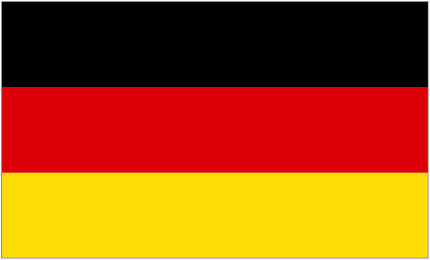



|  1961 - Statue of Käthe Kollwitz, Kollwitz Platz, Prenzlauer Berg district, Berlin (Germany). In platz / square named for Kollwitz after WW-II. "The square forms the center of the so-called "Kollwitz Kiez." was on 7 October 1947 after the German graphic artist and sculptor Käthe Kollwitz, named here spent much of their lives in the house Kollwitzstraße 56a (then Weissenburgerstrasse 25). Until then, he said Wörther place, a name which he received in the planning of the area 1875th Indirectly, it also reminds the husband Karl Kollwitz, who practiced medicine here until 1940, was not dependent on his wife and the environment influenced the square. The triangular system is limited by the Kollwitzstraße, the Knaackstraße and the Worth Street (the intersection Husemannstraße). Overall, the place around 6000 m²." /// Left photo taken in 1979. Right photo is "Bildnis der Käthe Kollwitz; Plastik von Gustav Seitz auf dem Kollwitzplatz." /// Frühlich rummeln sich die Berliner Kinder vom Prenslauer Berg rund um das Käthe-Kollwitz-Denkmal am Kollwitz-Platz. 1961 - Statue of Käthe Kollwitz, Kollwitz Platz, Prenzlauer Berg district, Berlin (Germany). In platz / square named for Kollwitz after WW-II. "The square forms the center of the so-called "Kollwitz Kiez." was on 7 October 1947 after the German graphic artist and sculptor Käthe Kollwitz, named here spent much of their lives in the house Kollwitzstraße 56a (then Weissenburgerstrasse 25). Until then, he said Wörther place, a name which he received in the planning of the area 1875th Indirectly, it also reminds the husband Karl Kollwitz, who practiced medicine here until 1940, was not dependent on his wife and the environment influenced the square. The triangular system is limited by the Kollwitzstraße, the Knaackstraße and the Worth Street (the intersection Husemannstraße). Overall, the place around 6000 m²." /// Left photo taken in 1979. Right photo is "Bildnis der Käthe Kollwitz; Plastik von Gustav Seitz auf dem Kollwitzplatz." /// Frühlich rummeln sich die Berliner Kinder vom Prenslauer Berg rund um das Käthe-Kollwitz-Denkmal am Kollwitz-Platz.
|


|  1985 - Statue of Käthe Kollwitz, �___ (Germany). By Gustav Seitz [1906-19xx]. Where is this? 1985 - Statue of Käthe Kollwitz, �___ (Germany). By Gustav Seitz [1906-19xx]. Where is this?
|





.jpg)
















